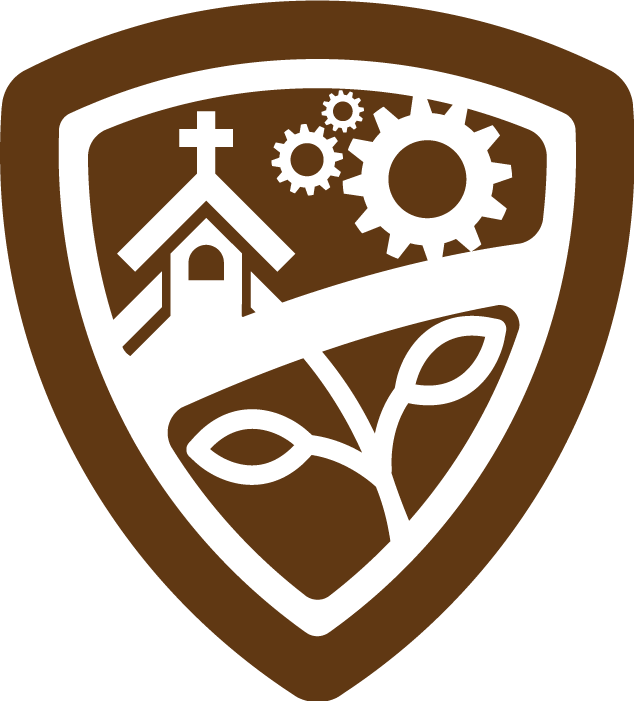May 13, 1742 – July 28, 1823
Pastor, Member of the U.S. House of Representatives, and Founder of Ohio University
From Killingly, Connecticut
Served in Hamilton, Massachusetts and the Northwest Territory
Affiliation: Congregational
"It is not possible, in the nature of things, that human laws, or principles of honor, can be adequate substitutes for religion. … Infidelity is a formidable enemy to the true principles of liberty. It erases from their foundation the main pillars that can support a free government. Freedom deigns not to dwell with general immorality: It cannot be enjoyed without virtue, nor can virtue be maintained without religion."
Although he did not spend that much time in the state, Manasseh Cutler was a major figure in the settling of Ohio in the years after the American Revolution.
Cutler was born on May 13, 1742, in Connecticut. Descended from a long line of clergymen, Cutler entered Yale to become an attorney and broke with family tradition. He graduated in 1765. Upon receiving his degree, Cutler became, first, a schoolteacher, then a store clerk, and finally, an attorney. Disenchanted by his current life, Cutler eventually pursued the clergy as his career choice. He became the minister of the Congregational Church in Ispwich, Massachusetts, in 1771. He would remain the minister of this church until his death on July 28, 1823.
While Cutler had finally selected a career, he still pursued many outside interests. During the American Revolution, he was a committed patriot and served as a chaplain for several military units. The war caused serious economic problems in Massachusetts, and Cutler's parishioners faced great difficulty in paying their minister's salary. To supplement his income, Cutler began to study medicine. When a smallpox epidemic struck Massachusetts in 1779, Cutler cared for as many as forty patients at a time. He also studied astronomy and was especially fond of determining the distance between the Earth and certain stars with a telescope and sextant. In a different field of study, he provided the first detailed account of plant life in New England, identifying roughly 350 different species. Because of these scientific endeavors, he was selected as a member of the American Academy of Arts and Sciences. He continued with his scientific interests until his death.
In 1786, Cutler joined several other Revolutionary War veterans, including Rufus Putnam and Winthrop Sargent, in forming the Ohio Company of Associates. These men hoped to secure from the Confederation Congress the right to develop land in the Ohio Country. After company representative Samuel Parsons failed to secure the land grant, Cutler entered negotiations with the Congress on behalf of the Ohio Company. Present while the Congress debated the Northwest Ordinance of 1787, Cutler played a vital role in that document's eventual adoption. Some scholars claim that Cutler was responsible for this document's anti-slavery provisions. Cutler also secured from the Congress the Ohio Company's right to purchase up to 1.5 million acres of land in Ohio for roughly eight cents an acre. In December 1787, Putnam led the first group of settlers to Ohio. In April 1788, where the Muskingum River flows into the Ohio River, the Ohio Company established Marietta. Cutler visited the settlement later that year and actively investigated the area. His primary interest was in mounds of earth that he concluded a pre-contact American Indian civilization had created centuries earlier. He returned to Massachusetts in 1789 and played an active role in Massachusetts's government for the next two decades. In 1795, President George Washington offered him a position as judge in the Northwest Territory, but Cutler refused. He did not return to Ohio after his trip in 1788.
This article is not our work. It can be found here.





